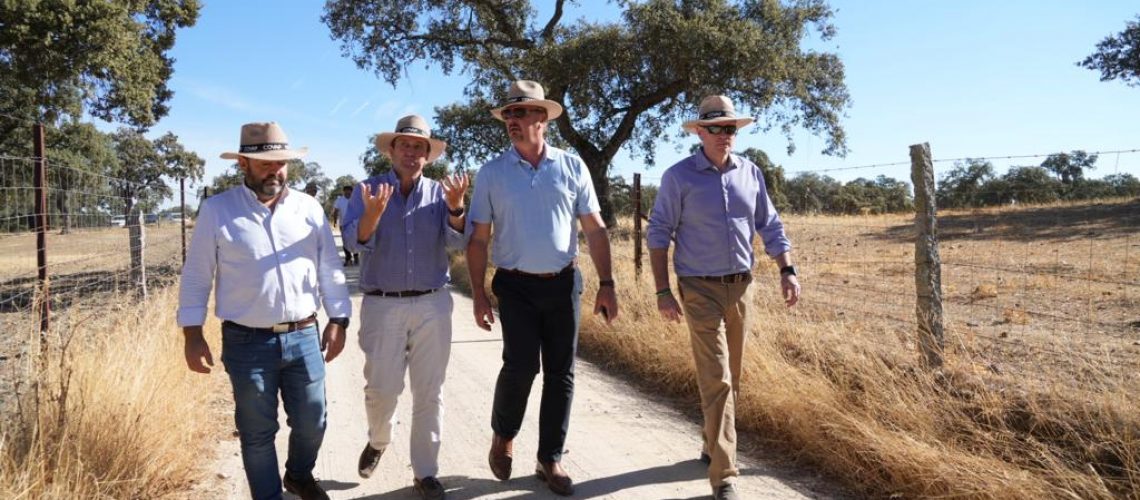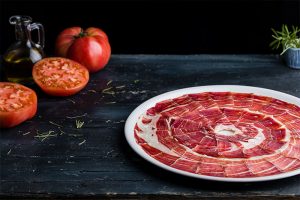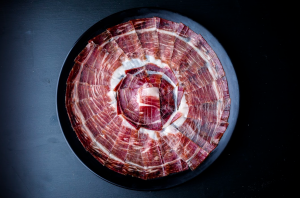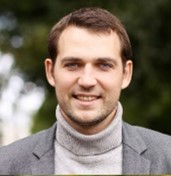Sustainability has always been an important pillar of our business practices at COVAP. It’s ingrained into our values and the way we operate as a company at all levels, from farm to packaging. Which is why Frank Mitloehenr of the University of California Davis and director of Clear Center— a global reference for air quality research— paid us a visit in 2020. It was this visit, along with our own values, that launched the Planet of Plenty project that same year.
Planet of Plenty is a collaborative project between COVAP and Alltech, an animal nutrition and health company, with the goal of reducing our collective environmental footprint throughout all of our products and supply chains. We understand that the best way to reduce one’s footprint is to first learn how to measure it. Or as we say, measure to mitigate.
COVAP and Alltech have been, and continue to work together to develop animal nutrition programs and management plans regarding environmental impact. This involves ways to optimize water and industrial energy consumption, as well as developing even more sustainable packaging.
During Mitloehner’s visit to our region, he was thoroughly impressed by our operation. First by the technology at COVAP’s animal nutrition centers, which are the largest in Europe. And second by the potential of the rich ecosystem of the dehesa and its ability to capture CO2. He was interested in the important role of animal nutrition and how it can improve environmental efficiency and lower carbon footprints. The Planet of Plenty program looks into just how effective the landscape and its ecosystem is at capturing carbon from the air and trapping it, or what is called carbon sequestration. This happens through an important connection between tree, Ibérico pig, and land.
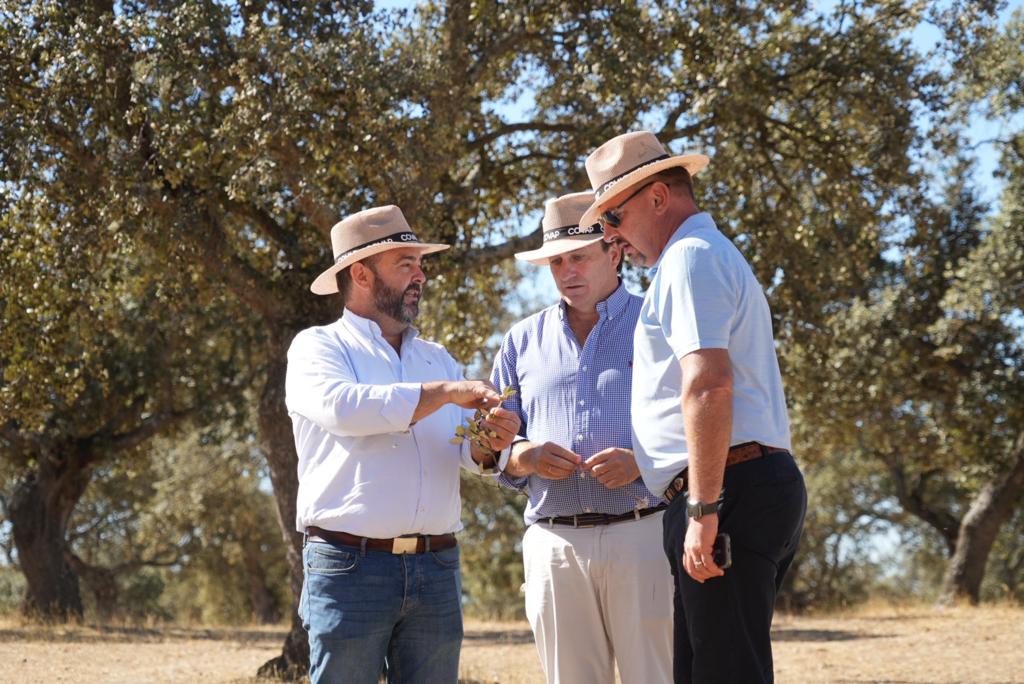
Of course, COVAP does far more than raise pigs for delicious jamón. A significant part of our industry in Spain is devoted to cattle and dairy farming, which is why we are constantly looking for alternative energy sources. Mitloehner was also impressed by the efficiency of our dairy industry and notes it as a reference for others around the globe. He also notes dairy farming as an opportunity for harnessing methane as an energy source, and so do we.
The Planet of Plenty project looks into quantifying nutrient flows as well as potential emissions in order to minimize unwanted losses and maximize production. Just one year after Planet of Plenty began, 175 COVAP dairy farms were analyzed and quantified. This represents 75% of the livestock in this species. Data like this allows us to create mitigation plans for the short, medium, and long term.
For Alltech and COVAP, this journey is all about nutrition, community, and replenishment. We believe our work and values contribute significantly to the economic, social, and environmental.
